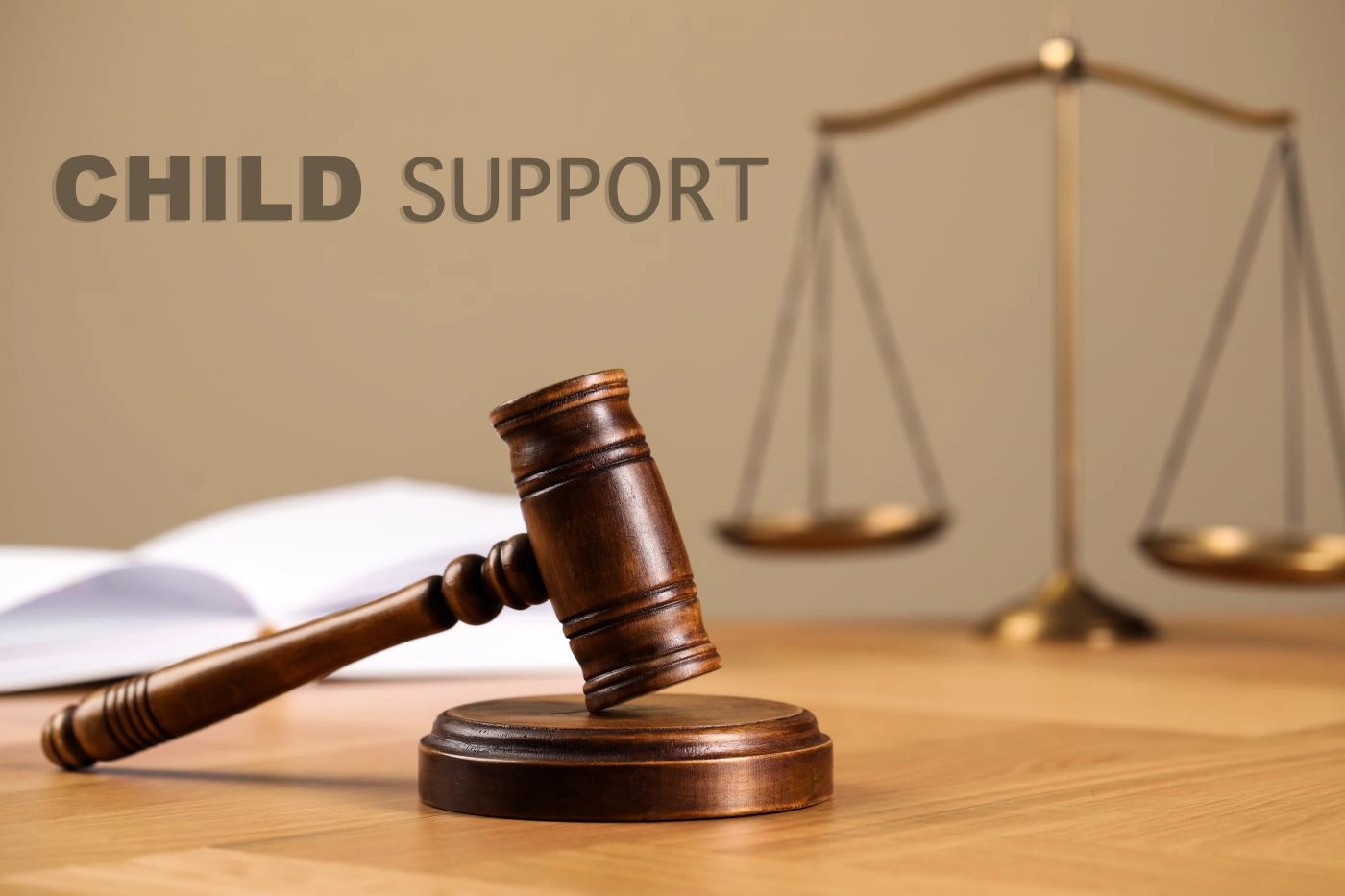Child Maintenance Rules After Divorce Issued by Supreme Court of Pakistan

Introduction
In a historic development aimed at safeguarding the rights and well-being of children following marital separation, the Supreme Court of Pakistan has announced detailed Child Maintenance Rules After Divorce. This legal framework provides much-needed clarity on how child support will be calculated, enforced, and regulated across the country. The move comes as part of a broader judicial reform strategy to improve family law in Pakistan and protect minors affected by broken homes.
These newly introduced Child Maintenance Rules After Divorce are designed to ensure that children of divorced parents receive consistent financial support, regardless of socio economic background or geographic location. The decision marks a significant shift in how child welfare is addressed in the post-divorce legal landscape.
Overview of the New Child Maintenance Rules After Divorce
The Child Maintenance Rules After Divorce issued by the Supreme Court establish uniform guidelines for determining the financial responsibility of non custodial parents. Previously, the lack of a standardized system led to inconsistent rulings and delays in enforcement.
The new rules are now binding for all family courts in Pakistan, including those under the jurisdiction of provincial high courts. These guidelines aim to provide swift resolution of child maintenance cases and remove ambiguity regarding parental duties.
Key Features of the Child Maintenance Rules After Divorce
1. Standardized Formula for Child Support Calculation
One of the most important aspects of the Child Maintenance Rules After Divorce is the introduction of a standardized formula to calculate monthly child support. This formula considers factors such as:
- Income of the non custodial parent
- Number of children involved
- Educational and medical needs
- Cost of living in the concerned region
This approach ensures fair and predictable outcomes, thereby reducing litigation time and disputes.
2. Mandatory Financial Disclosure
Under the Child Maintenance Rules After Divorce, the non custodial parent is now legally required to submit complete financial documents, including salary slips, tax records, and property ownership. Failure to do so may result in penalties, legal sanctions, or imposition of assumed income by the court.
3. Time Bound Case Resolution
The new rules introduce strict deadlines for case proceedings. Family courts must issue a child maintenance ruling within 60 days of the initial filing. This accelerates the judicial process and prevents unnecessary delays that can negatively impact the child’s well being.
4. Adjustable Maintenance Based on Life Changes
Recognizing that circumstances change, the Child Maintenance Rules After Divorce allow either parent to request a review of the maintenance amount due to significant life changes such as:
- Loss of employment
- Increase in income
- Change in child’s educational or health expenses
This ensures a dynamic and just system that adapts to real life situations.
5. Penalties for Non-Compliance
To ensure enforcement, the rules outline penalties for defaulters. These include:
- Seizure of property
- Deduction from salary accounts
- Contempt of court proceedings
- Restrictions on travel or business operations
Why the Child Maintenance Rules After Divorce Were Needed
Pakistan’s legal system has long faced criticism for its lack of clarity and enforcement in family law matters. Prior to the introduction of the Child Maintenance Rules After Divorce, many children suffered due to prolonged legal battles, evasion by the responsible parent, and inconsistent judgments.
This regulatory reform aims to:
- Promote child welfare and rights
- Reduce litigation burden on courts
- Standardize legal interpretations across provinces
- Encourage responsible parenting post divorce
Legal experts and child rights advocates have welcomed this move, considering it a major win for children’s rights in the country.
Impact on Custodial and Non Custodial Parents
Rights of Custodial Parents Under Child Maintenance Rules After Divorce
The Child Maintenance Rules After Divorce empower custodial parents, typically mothers, with legal authority to claim fair support from the non custodial parent. They now have access to a streamlined court process that ensures quicker verdicts, reducing the psychological and financial strain on single-parent households.
Responsibilities of Non Custodial Parents
These rules make it clear that non-custodial parents cannot shirk their financial duties. By mandating financial transparency and enforcing strict deadlines, the rules aim to establish accountability and prevent manipulative tactics used to delay or avoid payment.
Child Maintenance Rules After Divorce and Islamic Law
Pakistan’s legal system incorporates Islamic principles, especially in family matters. The Child Maintenance Rules After Divorce align with the Islamic concept of child support (nafaqah) and reinforce the religious obligation of fathers to provide for their children post divorce.
Islamic scholars have expressed approval of the guidelines, noting that they fulfill both legal and religious duties. The emphasis on fairness, justice, and child welfare is consistent with Islamic teachings on parenting and financial responsibility.
Digital Tracking and Filing System for Child Maintenance
The Supreme Court has also directed the digitization of family court records related to child maintenance. The Child Maintenance Rules After Divorce encourage provinces to introduce e filing portals, digital documentation, and automated hearing schedules to enhance transparency and minimize manipulation.
This tech driven approach is expected to:
- Improve record keeping
- Track defaulters efficiently
- Ensure consistency in rulings
- Make the legal system more accessible to the general public
Public Awareness and Implementation Strategy
To ensure effective enforcement of the Child Maintenance Rules After Divorce, the government, in collaboration with the judiciary, plans to launch nationwide awareness campaigns. These initiatives aim to:
- Educate parents about their rights and duties
- Train legal professionals in the updated regulations
- Offer legal aid to low income families
Social media platforms, legal forums, and public service announcements will play a key role in spreading awareness about the new legal provisions.
Future Amendments and Monitoring Mechanisms
The Supreme Court has mandated regular reviews of the Child Maintenance Rules After Divorce to ensure they remain relevant and effective. Annual performance audits will be conducted to assess:
- Number of cases resolved within the deadline
- Rate of compliance by non custodial parents
- Public satisfaction with court procedures
Any identified gaps will be addressed through legislative or procedural amendments.
Conclusion
The Supreme Court’s introduction of Child Maintenance Rules After Divorce marks a significant milestone in Pakistan’s journey toward legal reform and child protection. With clearly defined procedures, enforceable rights, and digital tools, the rules aim to create a system where the financial needs of children are not compromised by parental disputes.
This development is not only a legal innovation but also a moral commitment to the future of the nation. By prioritizing child welfare and holding parents accountable, Pakistan is setting a new standard for justice in family law.
As these rules begin to take root, their success will depend on awareness, implementation, and the collective responsibility of parents, courts, and society at large.



